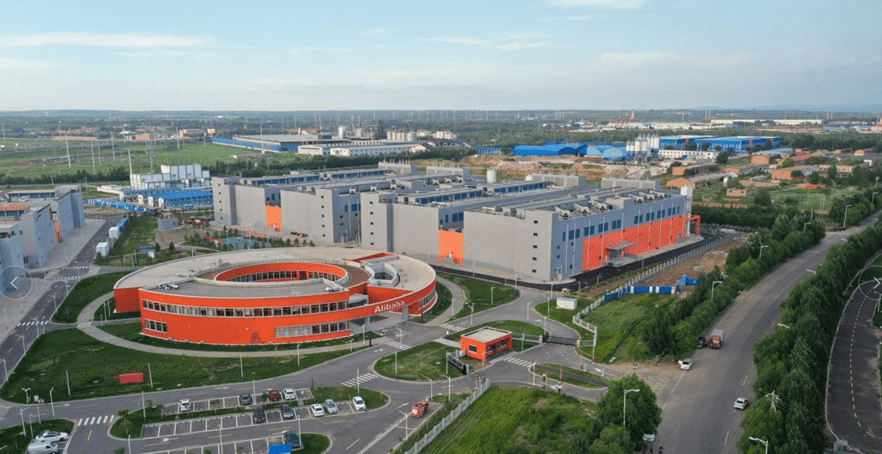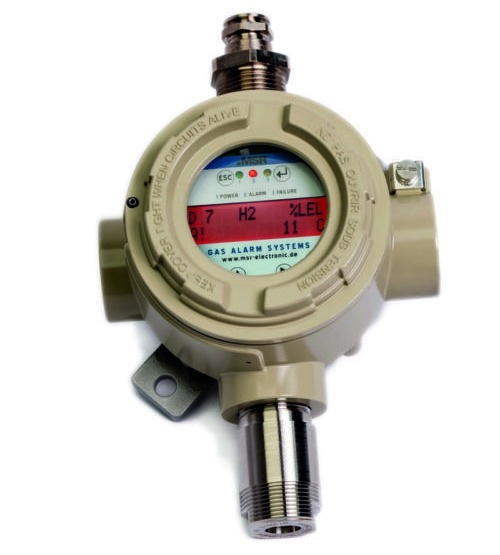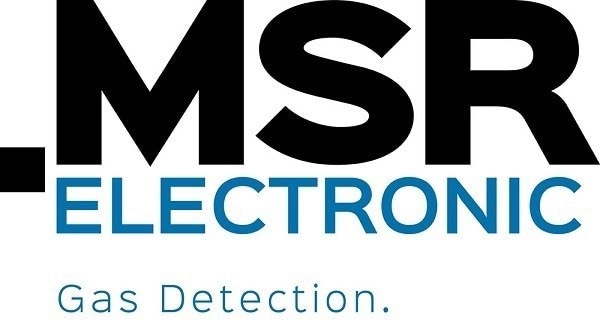Due to the increasing levels of digitalization alongside the energy transition, the demands placed on data centers in their processing and storage capacity are ever-increasing. Traditionally, backup systems are derived from conventional energy storage systems such as diesel generators. However, recently, these systems have increasingly been drawn from renewable energy storage systems, including lithium-ion batteries and hydrogen fuel cells.

Alibaba Group location. Image Credit: Alibaba Group
When overheated or broken, lithium-ion batteries release hydrogen, making monitoring the ambient air where these systems are used incredibly important. Leaks may be detected early via monitoring, preventing possible safety accidents or explosions.
The Alibaba Group is one such user of the H2 gas monitoring detectors from MSR-Electronic, employing these tools in their data center in Nantong. Alibaba is a world leader in internet application solutions and regenerative energy technologies, as seen in the construction of its data centers. The MSR-Electronic gas sensor is explosion-proof, substantially adding to the safeguarding of data centers.
Why is the Detection of Hydrogen so Important?
While hydrogen is challenging to transport, it is an optimal energy carrier. The significant risk of oxyhydrogen explosions highlights the difficulty in handling hydrogen leaks. Continuous monitoring via a gas warning system is imperative throughout the life cycle to guarantee safety for individuals and facilities.
Solution from MSR-Electronic

PolyXeta®2 gas detectors. Image Credit: MSR-Electronic GmbH
For safe and reliable H2 gas monitoring and ambient air monitoring, stationary PolyXeta®2 gas detectors are used in the data center.
Typically, the PolyXeta®2 is employed in areas of industry. This includes sectors like the oil and gas industry and petrochemical industry. The PolyXeta®2 may also be used in biogas plants and power stations in potentially explosive areas of zone 1 or zone 2.
The PolyXeta®2 gas detector is also suitable for implementation in commercial areas, including offshore platforms, ships, shipyards, and at gas transfer stations.
Advantages of Gas Sensors
- ATEX and IECEx certificates MSR-Electronic for electrical explosion protection
- SIL2 for the safety functions 4-20 mA, RS-485 and relay
- PX2-1 for zone 1, variant "Ex db" type of protection flameproof enclosure
- PX2-2 for zone 2, "Ex nR" variant Type of protection
- Enclosure: Additional FM and CSA certificate for Class I, Div. 1
- Continuous self-monitoring, microprocessor with 12-bit converter resolution
- Reverse polarity protected, Overload protected, Easy calibration
- Calibration service by replacing the sensor head
- Proportional 4-20 mA output, Serial interface to control centre
- Alarm and fault signal relay
- Optional: Connection of sensor head SSAX1 alternatively to SX1, IP66 protection with accessory SplashGuard, LC display with status LEDs.
The entire support and commissioning of the gas detectors was carried out by the certified MSR partner Wanland Automation Equipment in Shanghai.

This information has been sourced, reviewed and adapted from materials provided by MSR-Electronic GmbH.
For more information on this source, please visit MSR-Electronic GmbH.